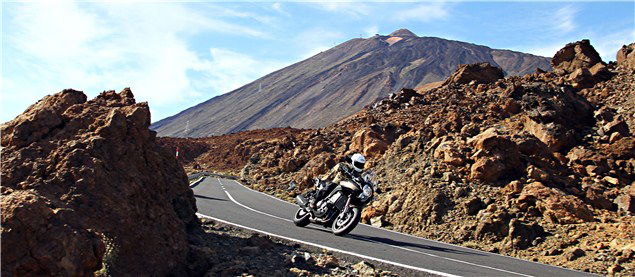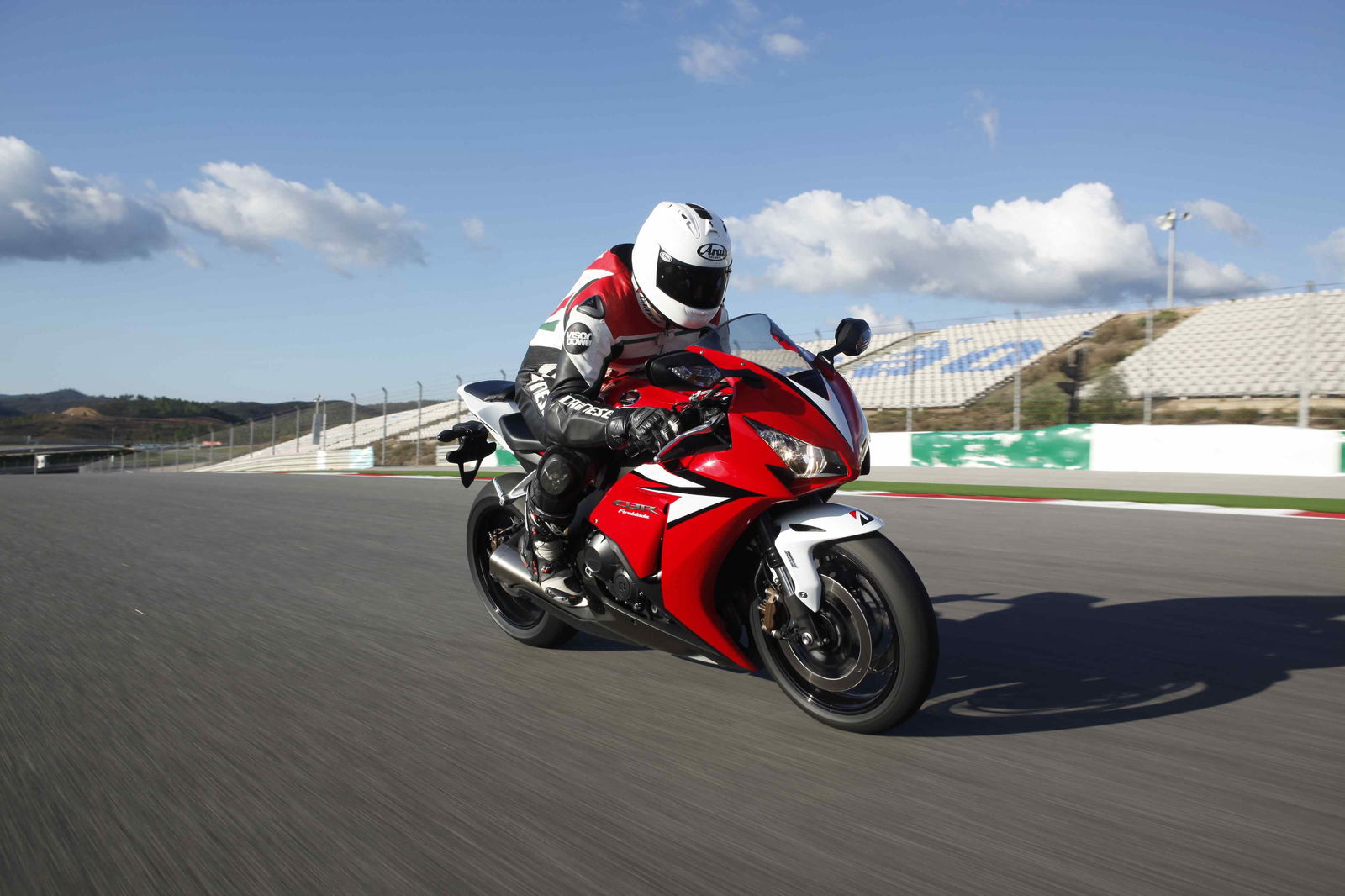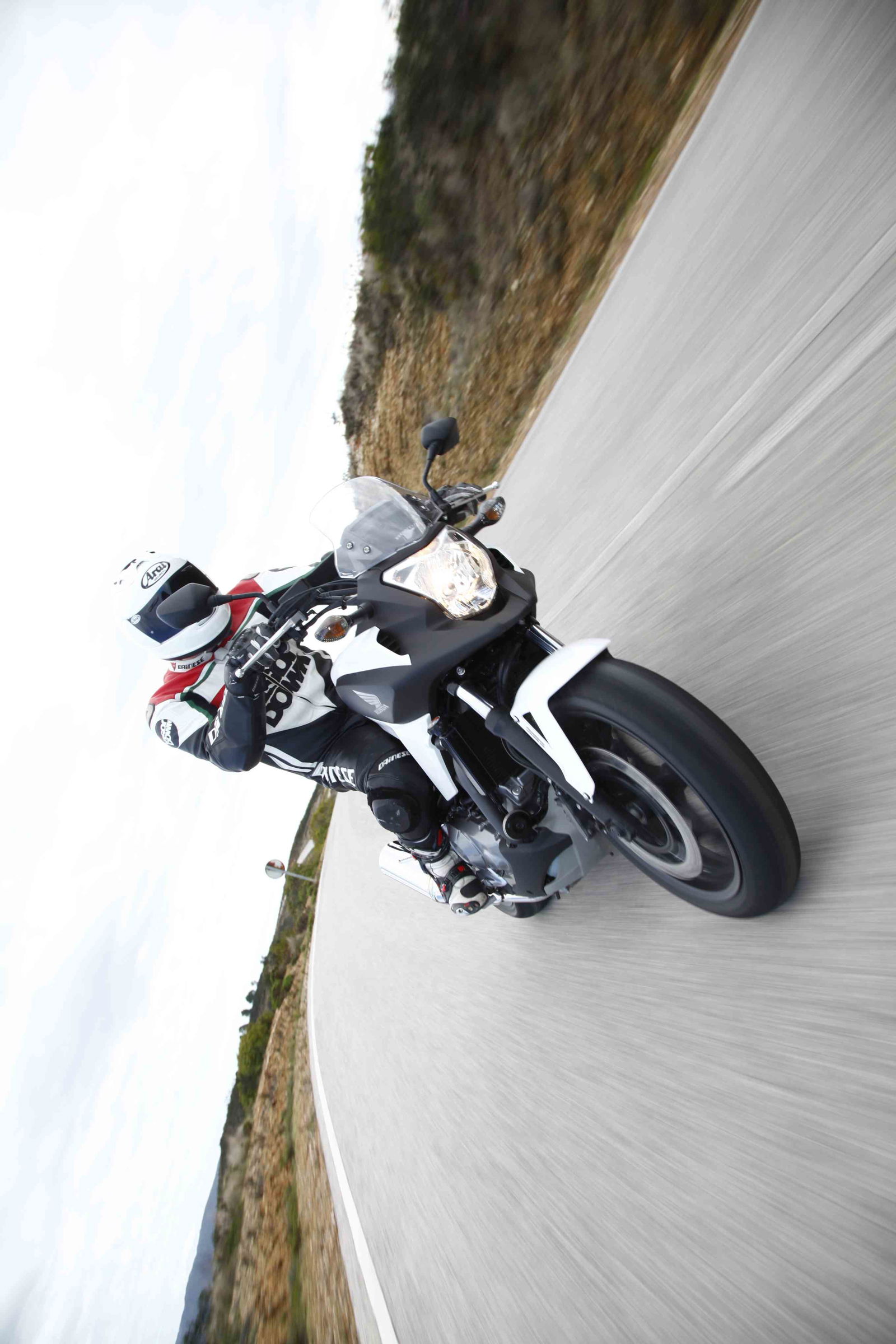First Ride: Kawasaki Versys 1000 review
A four-cylinder big brother to the popular Versys 650. It's not aimed at the GS, so who is it aimed at?


Enter Kawasaki's new Versys 1000, the younger but slightly bigger and uglier brother to the Z1000 and Z1000SX. It’s a 240kg, 1043cc, four-cylinder motorcycle with 'adventure' styling. However, Kawasaki were keen to tell us 'it’s not aimed at the GS', the bike that’s been at the top of the Adventure Sport category almost since the day it was launched.
Gone are the days where you could confidently stick a new motorcycle into an established class and weigh it up against the others. Like everything else in the world; motorcycling has become increasingly complicated over the last few years and the boundaries between categories have been blurred; the Versys 1000 joins the Versys 650 in Kawasaki’s ‘Dual Purpose’ category. The other Kawasaki’s in this category include the KLX250 and D-Tracker 125, which both look like off-roaders with a numberplate.
So how do you make a Versys 1000? First take the frame and engine from the Z1000, add long-travel suspension, a 21-litre tank, a plush seat and voila, you’re pretty much there.
The engine changes and electronics are more siginificant than the figures suggest. Even though it uses the same 1043cc engine as the Z1000, the Versys 1000’s motor has been extensively re-worked to change its character almost completely and also features adjustable power modes and Kawasaki’s KTRC traction control system. Compression has been lowered from 11.8:1 to 10.3:1 and the cam profile has been altered to reduce lift and duration. Although the Versys 1000’s outright peak power and torque is lower than that of the Z1000, the Versys 1000 gains a huge dollop of additional torque in the lower rev-range and its torque curve is much flatter than any of its siblings.
Kawasaki have changed the gearing too, with 1st and 2nd gears being shorter to get you off the line that bit quicker while 3rd to 6th gears are taller, helping increase the Versys 1000’s mpg potential and therefore its range.
Despite its visual weight, the Versys 1000 is only a few kilograms heavier than the Z1000SX. Sat on the bike it feels roomy, the seat feels like a sofa cushion, infact sat on the bike isn’t quite accurate, you feel like you’re sat in it. The way the clocks and screen are perched out infront reminds me of Yamaha’s XTZ660 Ténéré. So it’s got the comfort of a tourer with the forward view of an adventure-style bike. With 21-litres of fuel onboard, it feels weighty but that’s the price you pay if you’re after Kawasaki’s claimed 250-mile range.
Straight out onto the motorway, the Versys 1000 is happy to cruise at a ton with the engine feeling like it’s barely revving. The Z1000’s motor has been morphed into a real workhorse, you can block change straight to 6th at 20mph and roll-on without the engine feeling like it’s about to shake itself to bits. The seat feels as comfortable as Kawasaki’s flagship tourer, the GTR1400.
While the seat will help you on your way to 200-miles without worrying about petrol stations, the screen won’t. It has 30mm of manual height adjustment and while wind protection is good for an ‘adventure styled’ bike, I’d want a wider screen if I was regularly riding over 50 miles at motorway speeds.
While great at motorway cruising, the Versys 1000 wasn’t as at home on the twisty mountainous Tenerife roads at the speeds we were riding at. If you’re looking to cruise along two-up and take in the scenery, you won’t get anywhere near the Versys’ limits and you’ll be perfectly happy. Wind the pace up a bit and you’ll quickly put the Versys into uncomfortable territory.

